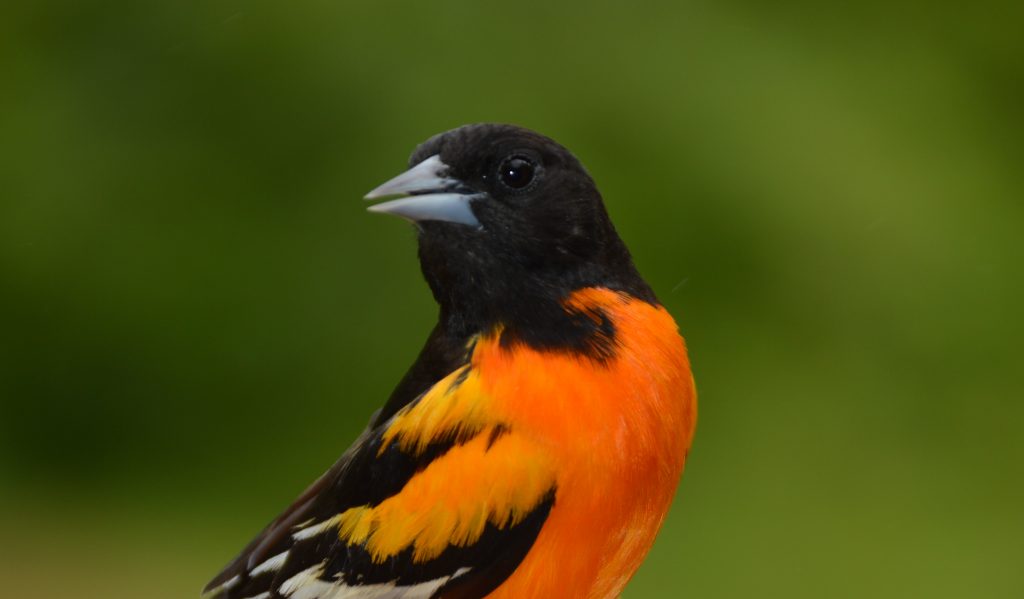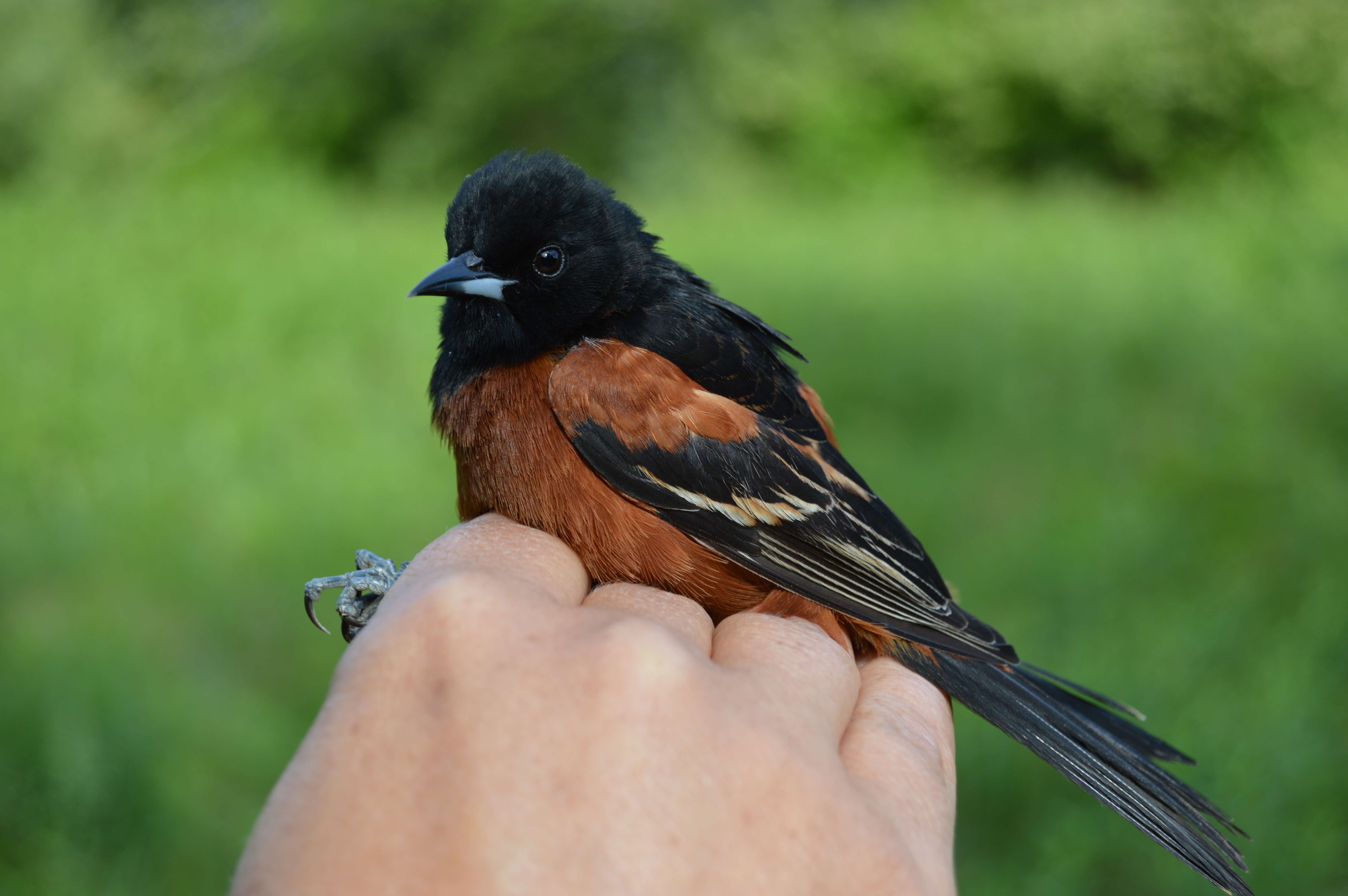The map of permanently conserved land in the Willistown area just got a little greener, thanks to Lawrie Harris. Lawrie donated a Legacy Conservation Easement to the Trust on November 11, 2019, protecting her 12.7 acres on Twinbrook Road from development forever. Located on Twinbrook Road in Easttown Township, in what is known as the Leopard Tract, the gently sloping site is primarily wooded and features a small tributary to Crum Creek named Grubb Mill Run. Several acres of open meadow area surrounds Lawrie’s home and garage, the only structures on the property.
The easement will limit further subdivision of the property and will protect its natural features that serve as important wildlife habitat, support the surrounding ecosystem and contribute to scenic views along Twinbrook Road. The easement defines most of the property as Sensitive Riparian Area, which include wetlands, hydric soils and floodplain, and limits the amount of disturbance allowed in these areas.
Lawrie shares her late husband Jay’s passion for the environment, and wants to conserve the land to ensure it will stay just as it is today, so both people and wildlife can enjoy it forever. Her decision to donate the easement was prompted, in part, by neighbors Kate and Ben Etherington’s recent decision to do the same. We are grateful to Lawrie for her foresight and generosity.
“I want to be absolutely certain that future owners will keep this property intact and take care of the stream and woodland. We don’t have many places like this left and we need to preserve them,” said Lawrie. “And the process of working with the Trust has been easy and enjoyable. Willistown Conservation Trust has a 40-year legacy of protecting land in our area.”
When you look at a the Trust’s protected lands map, you see a mosaic of open space comprising preserved parcels of all sizes – from hundreds of acres to just a few. And in an era when conserving habitat, protecting the quality of our water supply, and offsetting the impact of human activity is so vital, every acre counts.
We developed Legacy Easements, like the one that protects Lawrie’s land, specifically so owners of smaller parcels of land could protect their land in perpetuity. Legacy Easements are generally less complicated than traditional ones and can be tailored to protect features of an owner’s property that are personally and/or environmentally significant.
Thank you Lawrie, another hero of our countryside!












































